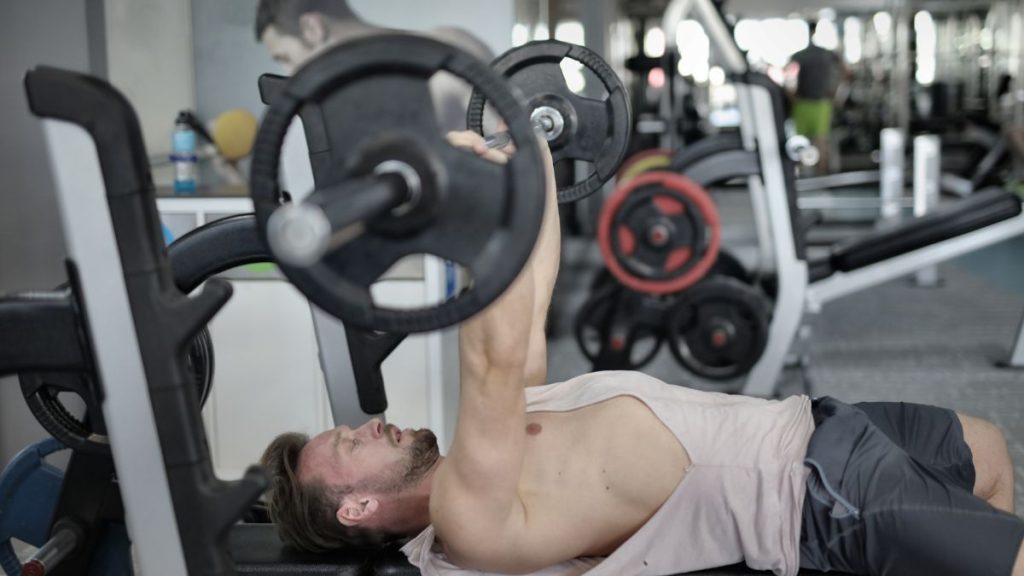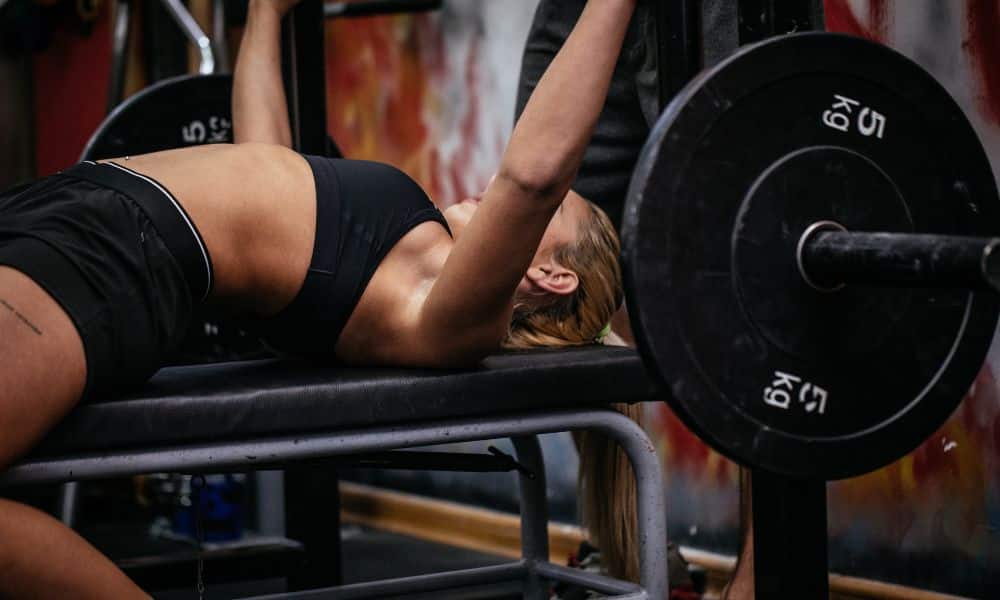The bench press is one of the most effective exercises for building upper body strength, particularly in the chest, shoulders, and triceps. However, improper form can limit your progress and increase the risk of injury. By perfecting your bench press form, you’ll lift more weight, build muscle more efficiently, and protect yourself from unnecessary strain.
In this article, we’ll explore critical techniques to help you improve your bench press form.
Why Is Proper Bench Press Form Important?
Using the correct form when performing a bench press is essential for several reasons:
- Muscle activation: Proper form ensures you engage the right muscles (chest, shoulders, triceps) rather than relying on secondary muscles like your lower back.
- Preventing injuries: Incorrect form can lead to shoulder impingement, elbow strain, or lower back issues.
- Improving strength: Proper alignment maximizes your force output, allowing you to lift heavier weights safely.
1. Set Up for Success: Bench Positioning
Before lifting the bar, proper bench setup is crucial for a strong and safe bench press. Ensure the bench is positioned so that when you lie down, your eyes are directly under the barbell. This setup allows for a smooth unracking and re-racking process.
Key points:
- Place your feet on the ground, shoulder-width apart, to stabilize your body.
- Maintain a slight arch in your lower back, but keep your glutes and upper back pressed against the bench.
- Keep your shoulder blades pinched together to protect your shoulders and engage your upper body.
2. Master the Grip: Hand Placement
Hand placement can significantly influence your bench press performance. A grip that’s too wide may place excess strain on your shoulders, while a grip that’s too narrow may underutilize your chest muscles.
Key points:
- Place your hands slightly wider than shoulder-width apart on the barbell.
- Ensure your wrists are neutral, directly above your elbows, to prevent wrist strain.
- Squeeze the bar tightly to engage more muscle fibers and create better control over the bar.
3. Control the Descent: Lowering the Bar
The bench press’s lowering phase (eccentric phase) is just as important as pressing the bar up. Controlling the descent helps you engage the muscles fully and prevent bouncing the bar off your chest, which can lead to injury.
Key points:
- Lower the bar slowly and with control.
- Keep your elbows at a 45-degree angle to your torso to reduce shoulder strain.
- Aim to touch the bar to the lower part of your chest, around the nipple line, not your neck or upper chest.
4. Press With Power: The Upward Phase
The pressing phase (concentric phase) is where the real strength-building occurs. To maximize your lift, you must press the bar efficiently, engaging your chest, shoulders, and triceps.
Key points:
- Drive the bar upward with force, maintaining a straight path.
- Keep your elbows tucked in slightly at the start of the press to engage your triceps more effectively.
- Push your feet into the ground for extra leverage, a technique known as leg drive, which stabilizes your body and increases your pressing power.
5. Breathing Technique: Don’t Hold Your Breath
Many lifters make the mistake of holding their breath throughout the bench press. Instead, use a technique called the Valsalva maneuver: take a deep breath before lowering the bar and exhale as you press the bar up. Proper breathing helps stabilize your core and prevents unnecessary strain on your lower back.
Key points:
- Inhale deeply before you lower the bar.
- Exhale forcefully as you push the bar upward.
6. Use the Right Equipment: Bench Press Gear
Using the right equipment can also improve your bench press form and performance. A good-quality bench and barbell are essential, but additional gear can also help.
Consider using:
- Wrist wraps can help stabilize your wrists and prevent unnecessary movement or injury.
- Weightlifting belt: A belt can support your lower back and core.
- Bench press shoes: Shoes with a flat sole provide better ground contact for stability during leg drive.
7. Common Mistakes to Avoid
Here are some standard bench press mistakes that can prevent progress or even cause injury:
- Flaring the elbows: Keep your elbows at a 45-degree angle from your torso to avoid putting too much stress on your shoulders.
- Arching the back excessively: While a slight arch is natural and safe, avoid over-arching your back, as it can lead to lower back injuries.
- Bouncing the bar off your chest: Always control the bar and avoid using momentum to press the weight back up.
- Improper foot placement: Make sure your feet are firmly planted on the ground to stabilize your body during the lift.
8. Progression: How to Keep Improving
Progressive overload is critical to getting more robust in the bench press. Once your form is perfect, gradually increase the weight you’re lifting. Aim to add 5 to 10 pounds every few weeks to ensure continual progress.
Critical points for progression:
- Track your lifts and focus on increasing the weight or reps over time.
- To strengthen the muscles involved in the bench press, incorporate accessory exercises like triceps extensions, shoulder presses, and chest flies.
- Perform bench press variations, such as incline or decline presses, to target different parts of the chest and shoulder muscles.
Conclusion
Improving your bench press form involves mastering the setup, technique, and execution. Focusing on critical aspects like grip, bar path, and breathing will lift more weight, engage the right muscles, and minimize the risk of injury. Practice these techniques consistently, and over time, you’ll notice significant gains in your strength and muscle size.




